Car Review: Volvo XC40
A multinational, multitalented (sort of) Swede
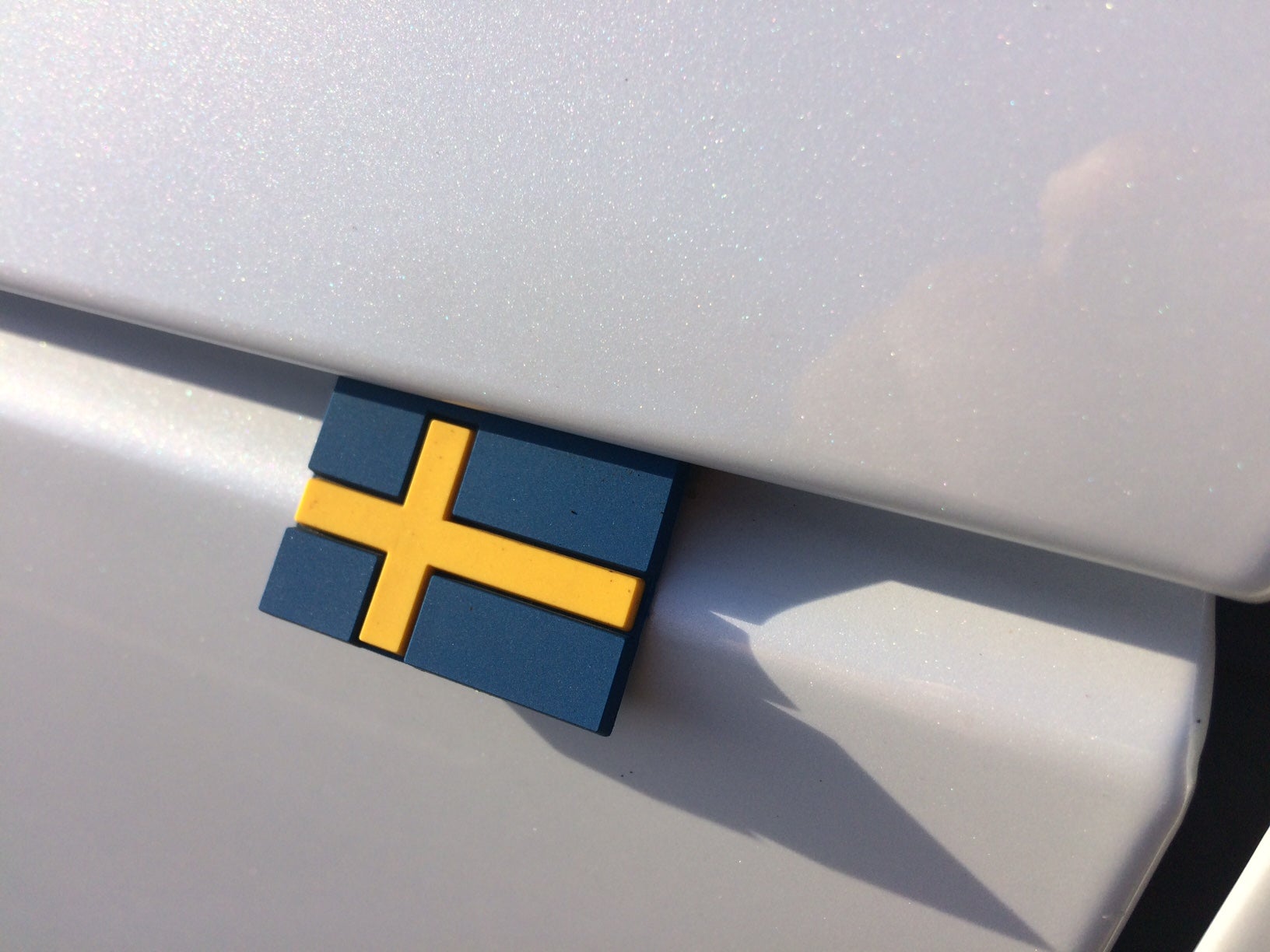
Nothing quite prepared me for the little rubber Swedish flag I discovered sticking out of the wing on the new Volvo XC40, the company’s first baby SUV. It’s like one of those tags you get on a designer sofa, say, or dotted around Ikea stuff. I’ve never seen it done on/to a car, though. In a few years I should imagine, that little bright blue and yellow pennant will look a little tatty and frayed, like an ensign on a hard-working merchant vessel, a sort of modern-day Viking badge of adventurous honour. Or just tatty.
Volvo isn’t the first company to stick a national flag on a car (Skoda and Rover are the mixed precedents), but surely the first to do so so that it “flies” as you’re motoring. I have to say, though, that the XC40’s Swedish credentials are not what they’re cracked up to be. For a start the styling is British, by a chap named Ian Kettle who created his first sketch of the XC40 at the age of 26 a couple of years ago. He is a graduate of the superlative Royal College of Art school of automotive design, and, judging by his work so far, has an exciting future ahead of him. He says he wanted to create “a little robot”, and this chunky little Tonka toy certainly also has a Transformers-ish vibe about it. The chassis of the car was jointly engineered with Volvo’s parent, the Geely Auto Corporation of China, and the vehicle is assembled in Belgium, at Volvo’s Ghent plant. So, maybe the flag is one of convenience?
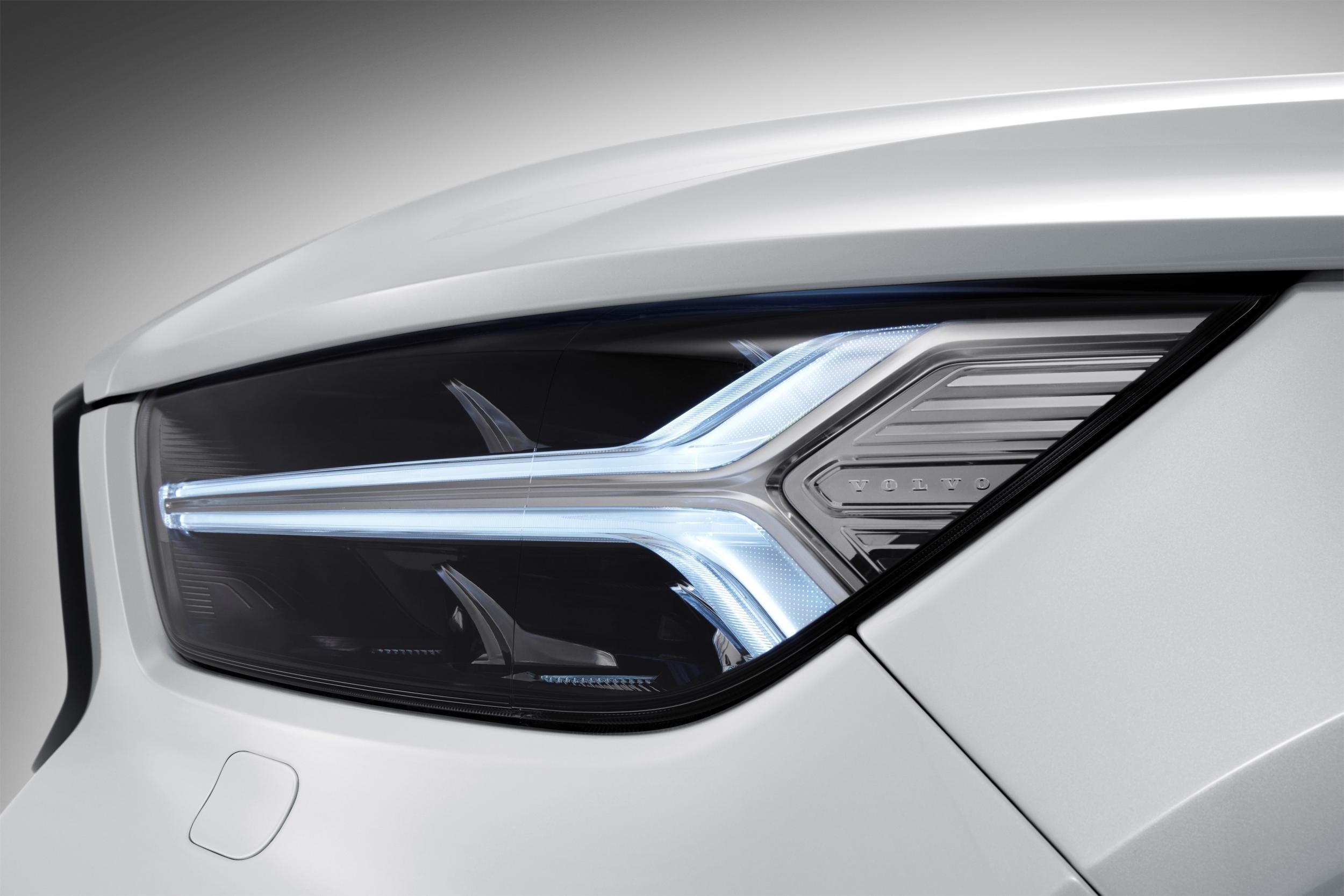
Still, Swede or not, it is very much a Volvo, infused with a certain Scandi design ethos. It bears the contemporary Volvo family face of oblong headlamps (they call the T-shape of the lights “Thor’s hammer”), concave grille and prominent Volvo badge. It’s obviously related to the bigger, more luxurious and more obviously premium XC90 and XC60 SUVs, but the sides are more sculpted than on its slab-sided elder siblings.
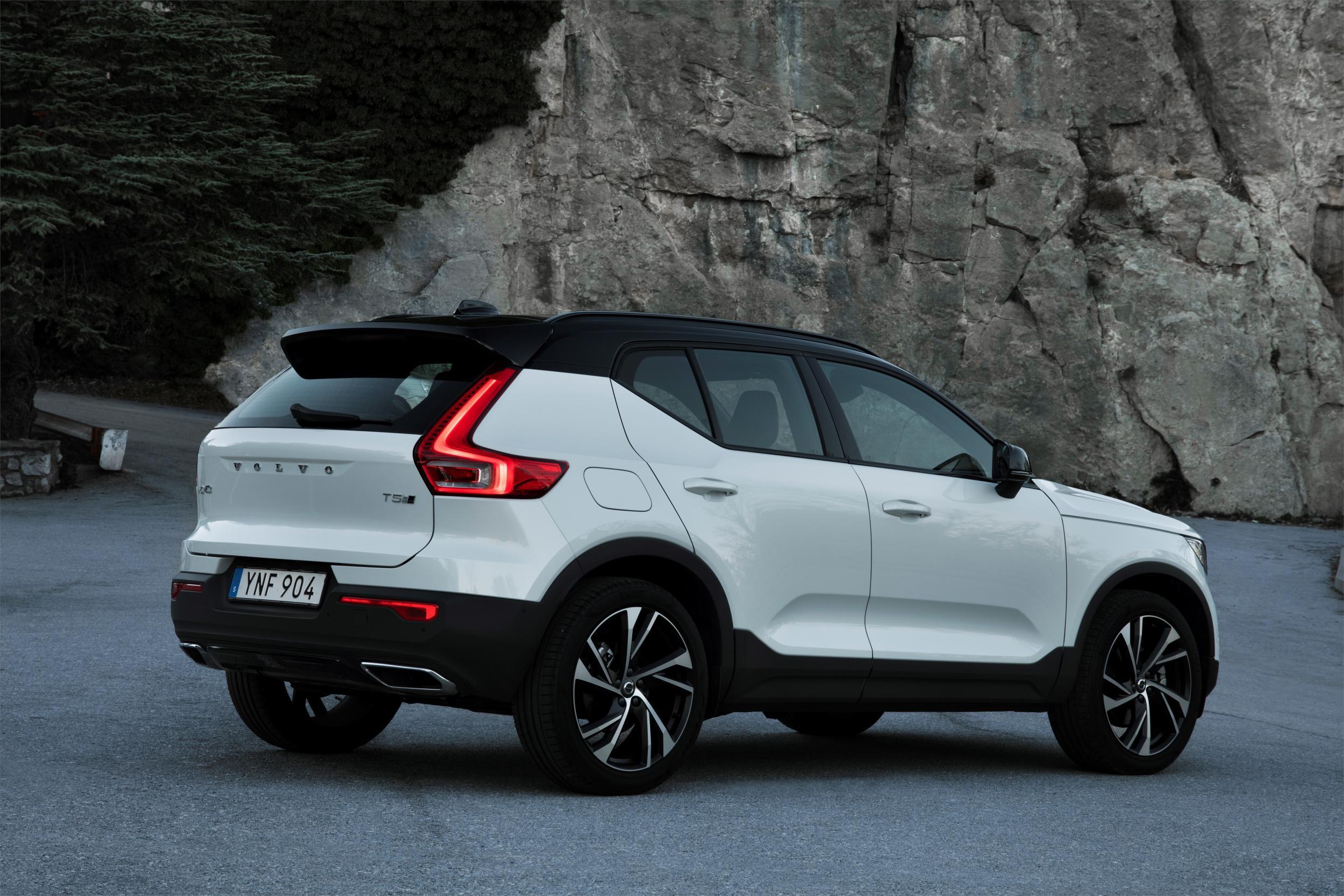
Most striking is the contrasting roofline that dramatically kicks up at the rear windows. It looks exactly like the new Seat Arona as it happens, and a little like the Jeep Compass, to name a couple of competitors, though not that many will care, I suppose. The design creates a bit of a blindspot at the back, only partially compensated for by the Volvo’s comprehensive array of electronic parking and blindspot assist aids. I’d still like to able to see out without resorting to a camera, to be frank. Fitted with the 19-inch double spoke alloy wheels it makes the XC40 look in profile rather like an old-fashioned pram. So, memorable, if nothing else.
In concept, stance and dimensions it is broadly in line with the plethora of other compact SUVs and crossovers out there. As Volvo sees itself as a premium maker, the XC40 is pitched against the Range Rover Evoque, Jaguar E-Pace, BMW X1, Audi Q3 and Mercedes-Benz GLA. They are asking a premium sort of price for it too: just shy of £40,000 for the fully equipped First Edition launch models. I can’t help reflecting that you can buy three budget-brand Dacia Denems or SsangYong Tivolis for the price of one XC40. On the other hand the XC40 has, for example, dampers fitted in the seats to protect occupants from a spinal injury in the event of crash that sends the car airborne. There is quality-in-depth there, in other words, and premium features, but you‘d have to be quite certain you really care about them, impressive as they are.

The spec
Price: £39,905 (as tested; range starts at £27,350)
Engine capacity: 2-litre diesel; 8-sp auto
Power output (hp @ rpm): 190@4,000
Top speed (mph): 130
0-62 mph (seconds): 7.9
Fuel economy (mpg): 44.8
CO2 emissions (g/km): 135
BIK: 29%
Across the range you’ll find three main trim levels, plus the choice, for now, of one petrol engine or two diesels. As I say, the First Edition for the launch has no options beyond body colour because every conceivable accessory this side of a bespoke Bentley Bentayga is already fitted – gigantic alloy wheels, heated rear seats, impressive connectivity, Harman Kardon audio system, panoramic sunroof, heated seats front and rear, heated steering wheel – with three different settings… In the right hands (and even those of a technological incompetent like me) you can use your smartphone or tablet remotely to programme the car to start the engine or warm up while you’re still in bed, and send it a satnav “order” ready for a morning departure. Heavens, you can open and close the boot just by wiggling your leg under the bumper. It is, for these rapidly changing times, as future-proof as you’ll get.
Naturally this Volvo will park and “un-park” itself too, and has a high level of autonomous driving features – adaptive cruise control and near automatic steering for motorways and other well marked roads.
The mass of advanced technology was more intuitive to use than on many rivals. As I say, impressive.
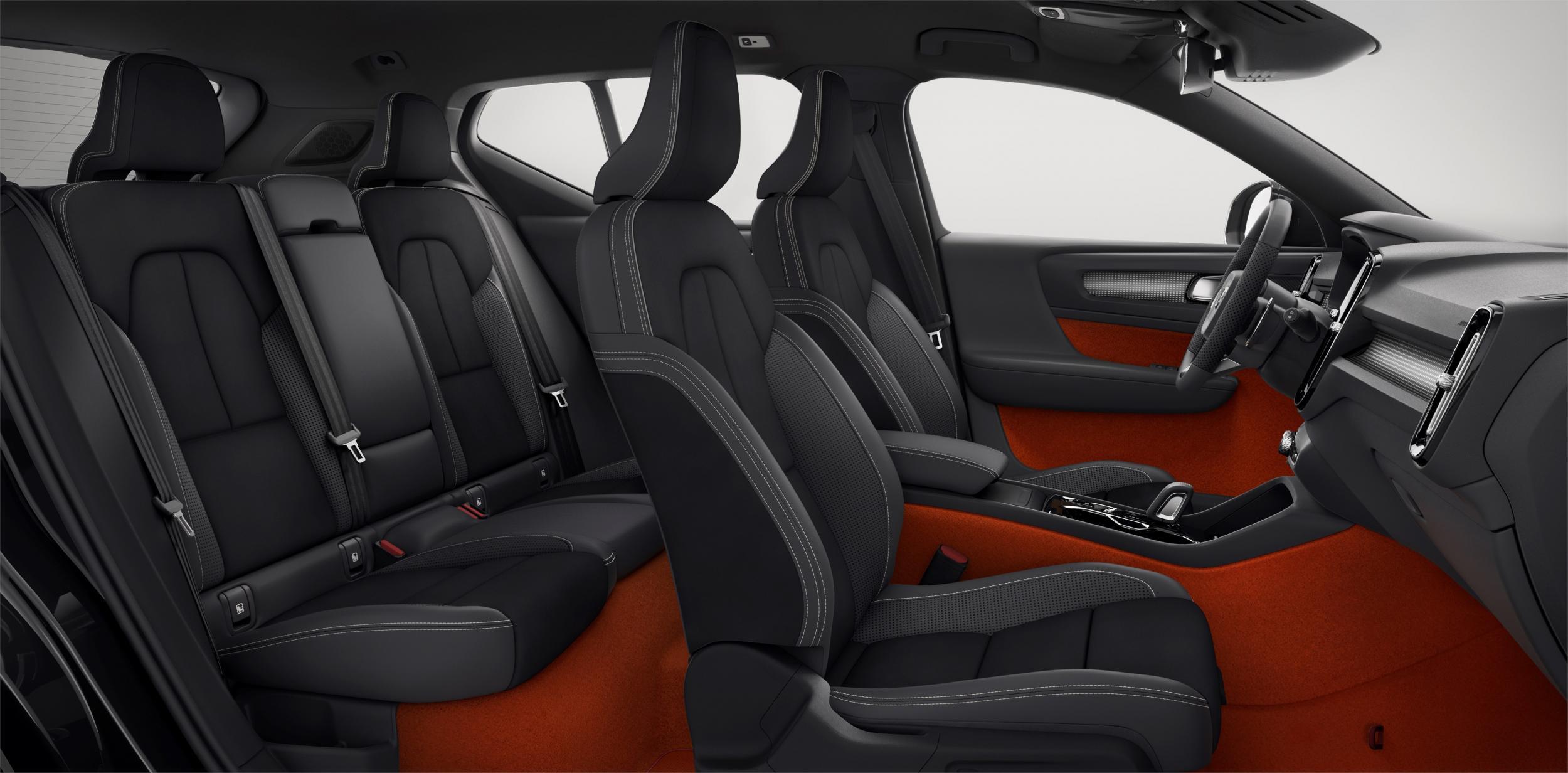
I also liked the use of carpeting in bright orange all around the cabin, thought it looked a bit difficult to keep clean, and, as with the rest of the Volvo range, you can go full-on Scandi by specifying “driftwood” as an alternate to the aluminium-look trim for the interior. The folding dividers and hooks in the boot are an example of thoughtful user-oriented design, and make the XC40 even more practical.
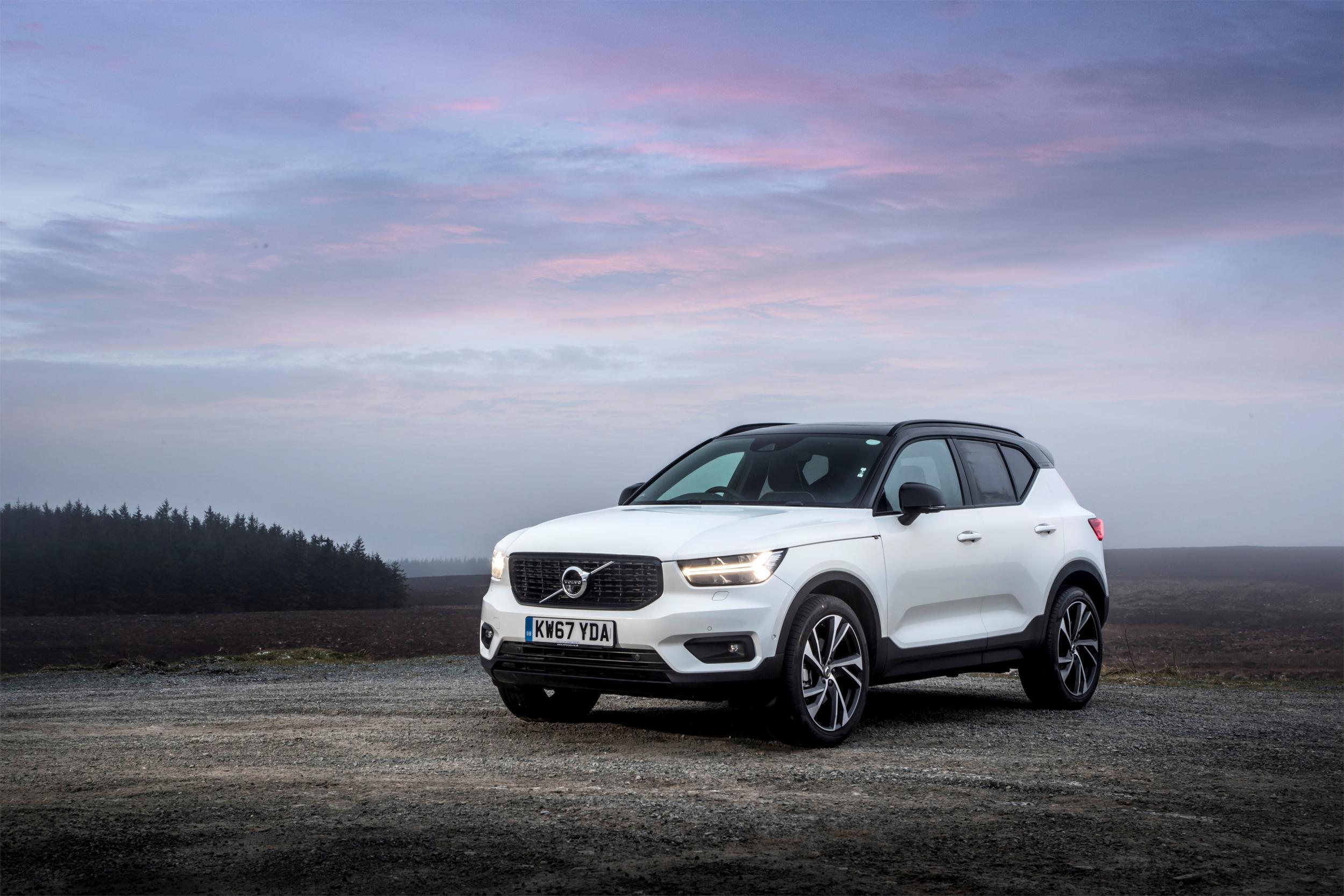
On the road, the diesel and gearbox sometimes sound a little like they are working a bit too hard, though the powertrain is mostly pretty responsive. The handling is what you’d expect; reasonably sure-footed but you’d not want to push your luck with it, and it certainly doesn’t invite you to do so, even when you select “Dynamic” for the driver settings. For now, buyers only have a choice of full-time four-wheel drive models, which is silly because very few users really needs such a capability. It would in other words be greener for Volvo to offer a front-drive-only version with a small petrol engine: such a spec is promised for the coming months. A petrol-electric hybrid is also, apparently, on its way, but there’s no sign at all of a full-battery model coming on stream. A shame, and it undermines Volvo’s claims to be environmental pioneers.
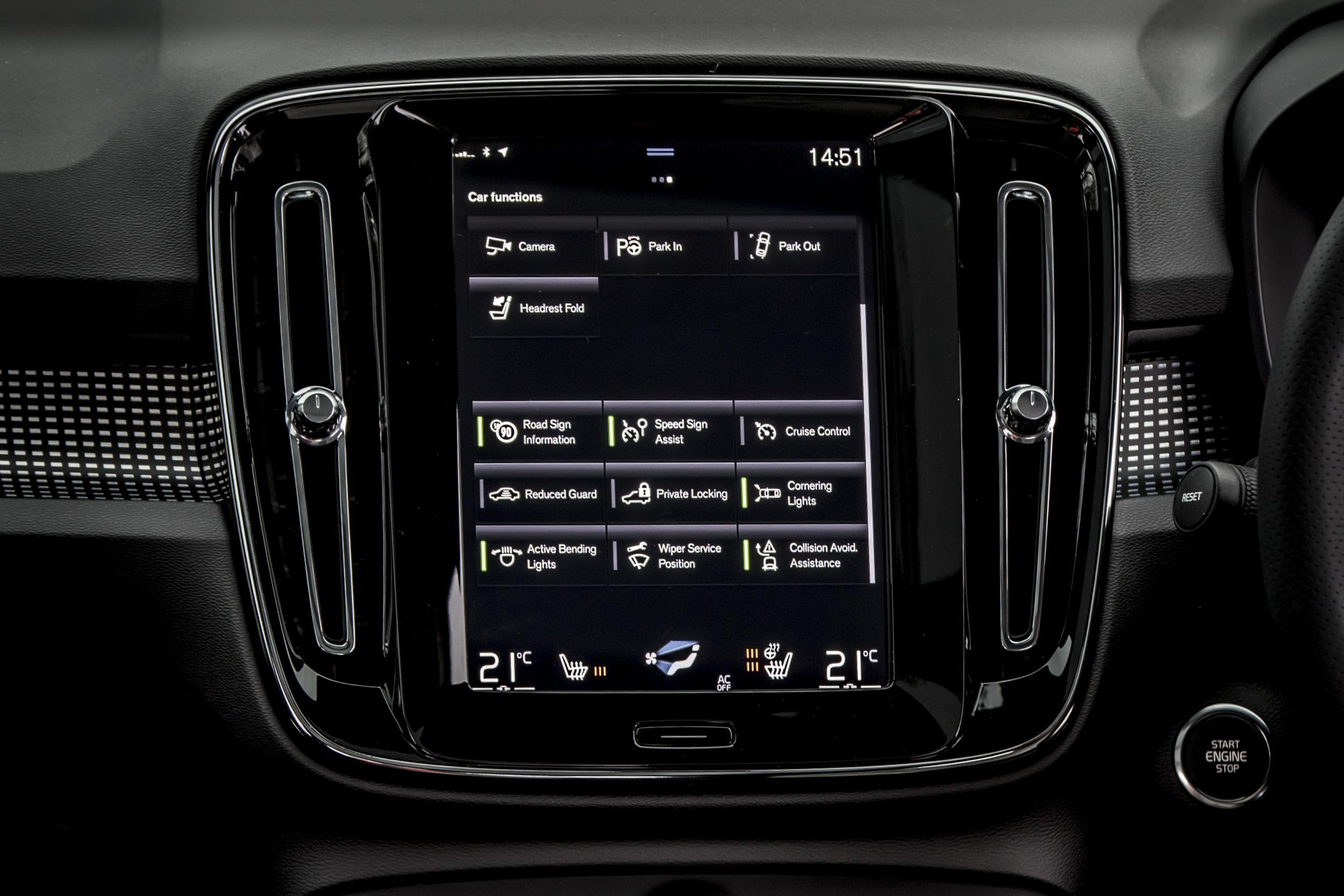
This Volvo is an important car. Volvo is a familiar, even loved, brand in the UK and has lacked representation in this fashionable sector of the market. Consumers also deserve more choice than just the usual German threesome (plus the ubiquitous Evoque) as well. The chassis will form the basis of a new V40 hatch in due course, which ought to share some of the XC40’s flair and features, but in a rather more driver-focused package. For now we have the little robot, and it does very well.
Join our commenting forum
Join thought-provoking conversations, follow other Independent readers and see their replies
Comments
Bookmark popover
Removed from bookmarks